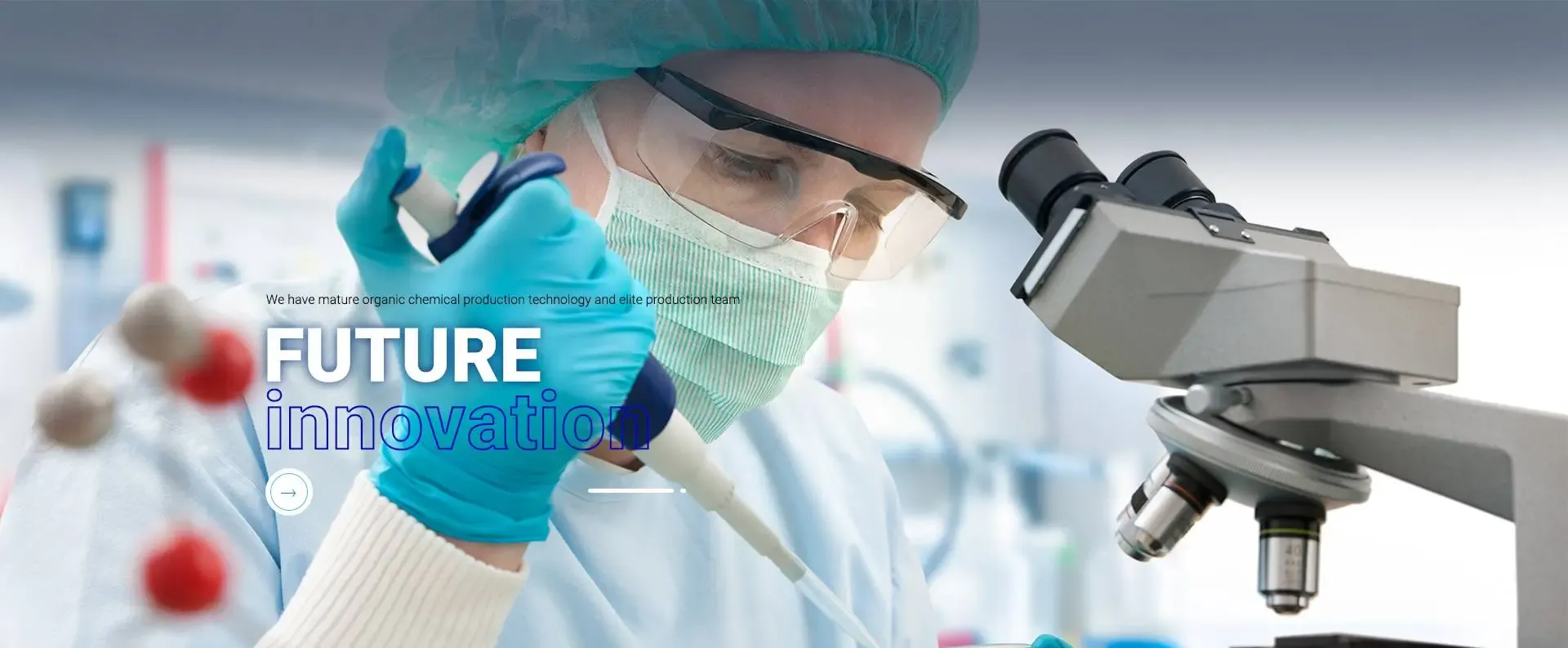



Optimizing Chlorine Dioxide Dosing Systems for Effective Water Treatment Solutions
Chlorine Dioxide Dosing Units An Essential Component in Water Treatment
Chlorine dioxide (ClO2) has garnered attention in various industries, particularly in water treatment, due to its powerful disinfectant properties. As the demand for clean and safe drinking water continues to rise, the use of chlorine dioxide dosing units plays a crucial role in ensuring the effectiveness of water treatment processes. This article explores the significance of chlorine dioxide dosing units, their operation, benefits, and the considerations necessary for their effective use.
Understanding Chlorine Dioxide
Chlorine dioxide is a yellow-green gas at room temperature, soluble in water. It is known for its efficacy in killing bacteria, viruses, and protozoa, making it particularly suitable for disinfecting drinking water and wastewater treatment. Unlike chlorine, which can form harmful byproducts when it reacts with organic matter, chlorine dioxide is less likely to create harmful trihalomethanes (THMs) or haloacetic acids (HAAs). This feature makes it a safer alternative for water disinfection processes.
The Role of Dosing Units
Chlorine dioxide dosing units are specialized systems designed to accurately deliver chlorine dioxide into water systems. These units ensure that the correct dose of the chemical is administered based on real-time water quality parameters, thereby optimizing disinfection while minimizing chemical use. Dosing units can range from simple, manually-operated systems to sophisticated automated units capable of constant real-time monitoring and adjustment.
Key Components of Dosing Units
1. Chemical Feed System This is the core component of a chlorine dioxide dosing unit. It typically consists of tanks for storing the chlorine dioxide precursor chemicals, such as sodium chlorite and hydrochloric acid. The system uses pumps to feed these chemicals into a mixing chamber where they react to produce chlorine dioxide.
2. Control Panel Modern dosing units are equipped with control panels that allow operators to set and monitor dosage levels. Advanced systems incorporate programmable logic controllers (PLCs) and sensors that measure factors like flow rate and residual ClO2 concentration, enabling automated adjustments to maintain optimal dosage.
3. Administration System This part of the unit ensures the precise transfer of chlorine dioxide from the mixing chamber to the water system. It includes piping, valves, and flow meters that maintain the system's integrity and safety.
Advantages of Chlorine Dioxide Dosing Units
chlorine dioxide dosing unit

- Efficacy Chlorine dioxide is effective against a wide range of pathogens, including bacteria that are resistant to other disinfectants. Its ability to penetrate biofilms enhances its overall disinfection capability.
- Safety With lower byproduct formation compared to traditional chlorine treatments, chlorine dioxide reduces health risks associated with drinking water contamination
.- Versatility Chlorine dioxide can be used in various applications beyond drinking water treatment, including industrial water systems, cooling towers, and even food processing facilities.
- Operational Efficiency Automated dosing systems reduce the need for manual intervention, minimizing human error and ensuring consistent chlorine dioxide levels, which can lead to cost savings in the long term.
Critical Considerations
While chlorine dioxide dosing units provide numerous benefits, several factors must be considered to ensure successful implementation
1. Training Operators should receive adequate training on the safe handling of chlorine dioxide and its precursors, as the gas is toxic in high concentrations.
2. Monitoring Continuous monitoring of water quality parameters, including pH and temperature, is essential since these factors affect the efficacy of chlorine dioxide.
3. Regulatory Compliance Water treatment facilities must adhere to local and national regulations concerning chlorine dioxide use, ensuring that the levels remain within safe limits.
Conclusion
Chlorine dioxide dosing units are vital in modern water treatment operations, delivering a powerful, effective, and safe means of disinfection. As industries continue to prioritize public health and environmental safety, the implementation of advanced chlorine dioxide dosing systems is likely to expand. These systems not only enhance water quality but also contribute to sustainable practices in water resource management. With the right training, monitoring, and regulatory compliance, chlorine dioxide dosing units can ensure that communities have access to safe and clean water.
-
Why Sodium Persulfate Is Everywhere NowNewsJul.07,2025
-
Why Polyacrylamide Is in High DemandNewsJul.07,2025
-
Understanding Paint Chemicals and Their ApplicationsNewsJul.07,2025
-
Smart Use Of Mining ChemicalsNewsJul.07,2025
-
Practical Uses of Potassium MonopersulfateNewsJul.07,2025
-
Agrochemicals In Real FarmingNewsJul.07,2025
-
Sodium Chlorite Hot UsesNewsJul.01,2025










